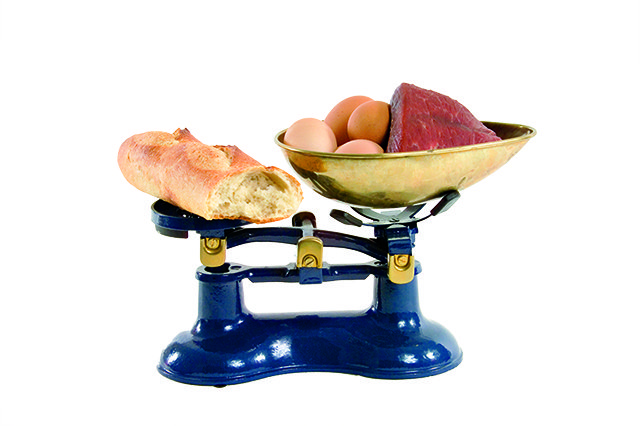The Truth About Carbs
Banting has become a big deal lately. But does it work for cyclists?
Banting has become a big deal lately. But does it work for cyclists? – By Mark Carroll

Why Low-Carb High-Fat (LCHF)?
The goal with LCHF is to become fat-adapted. In this state the rider has increased levels of fat transporter proteins, which move fatty acids to the mitochondria for oxidisation. It also increases the fat stores inside the muscle, ready to use as fuel. This makes the body turn to fat for fuel more readily.
But fat is less efficient than carbohydrate. The amount of muscle fuel it produces per volume of oxygen means you need more oxygen to produce the same amount of energy. The process of delivering energy to the muscle is also much slower.
Carbo Loaded
This is where carbs come in. They provide a rapid supply of energy through aerobic metabolism, and can be metabolised without oxygen – which is essential when the hammer goes down and muscles demand high energy quickly, and on little oxygen.
Being fat-adapted is fine if you plan to ride at low intensity all the time – but low intensity isn’t what real cycling is about.
The Place For Carb-Cutting
If you want to cut carbs and benefit your cycling performance, do intermittent low-carb intake, or training in a fasted state. You wouldn’t do this for fat-adaption, though. Instead, this approach is meant to enhance the chemical signalling processes in the body, producing long-term aerobic changes. These come in the form of an increased capillary network around the lungs and muscles, transporting higher volumes of blood and oxygen.
It also increases the mitochondrial density inside the muscle, to metabolise fuel aerobically. The higher your mitochondrial density, the bigger your aerobic engine, the better you’ll ride.
Training in a fasted state should be reserved for low- to moderate-intensity rides, and should be done intermittently – perhaps once or twice per week. Always refuel following a session, to boost your immune system.
Not So Fast
Research remains a little thin on intermittent fasting. The one ‘successful’ test, by AK Hansen, was on previously untrained individuals. It still needs further research on well-trained subjects, where performance gains are far more challenging to develop.
Bottom Line
Unless you’re a casual rider, you’re going to need carbs in your system for high-intensity efforts – whether that’s up a hill at high speed, an attack, or a sprint for the line. Even if most of the race is done at sub-maximal intensities, the defining moments need carbohydrate to produce power. The debate will continue – but for now, available evidence suggest that carbs win.
In a study from the Lize Havemann and Tim Noakes Lab, two groups of cyclists did a 100km time trial: one on a carbohydrate diet, the other on an LCHF diet followed by carbohydrate reloading. The high-carbohydrate riders were several minutes faster than the fat-adapted/carbohydrate-restored.
During the time trial, riders also performed 1km and 4km high-intensity efforts. In these, the performance of the fat-adapted cyclists declined, with their performance for the 1km efforts in particular being significantly impaired.
GETTING SMART
Another diet theory is to go LCHF until race day… then carbo load. This means that an athlete races with an increased capacity to metabolise fat, and has carbohydrate stores for intense efforts in the race – the best of both worlds, right?
Wrong! A study by Canadian professors Trent Stellingwerff and Lawrence Spriet found that while a high-fat diet regulated fat metabolism, it also impaired carbohydrate use by reducing a key transport enzyme that moves carbohydrate into fuel pathways. So while there were plenty of carbohydrate stores, the body’s ability to use them for high-intensity efforts was blunted. [/box]

